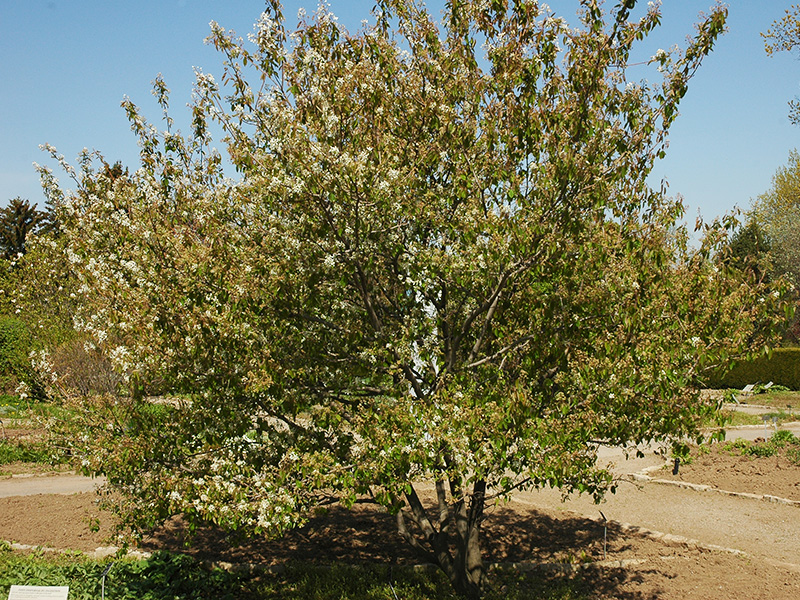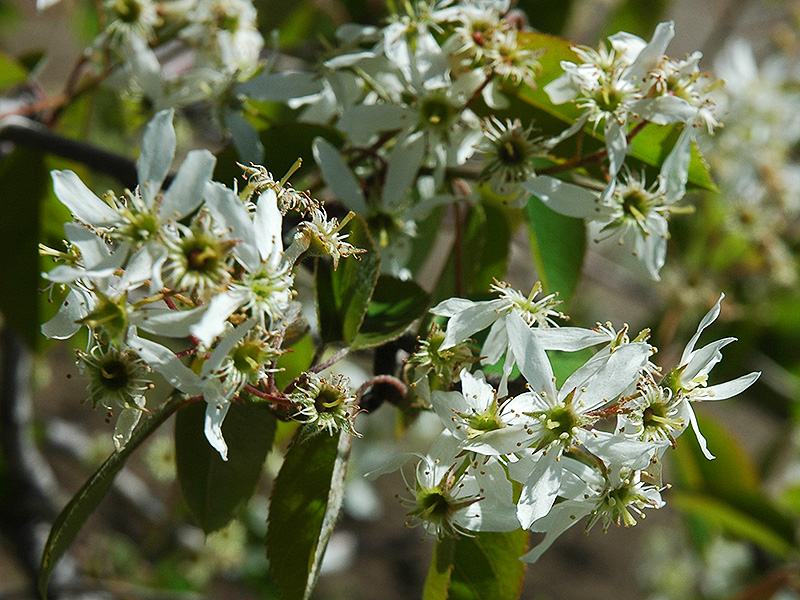| General Description | A coarser plant when compared to A. canadensis, but still with all the merits of the former. |
| ID Characteristic | Similar to A. canadensis, but with broader leaves with deeper serrations. The bark is often a slightly darker brown than the light grey of A. canadensis. |
| Shape | Loosely pyramidal. |
| Landscape | A foil or mass planting tree or shrub. Or as a small grouped planting where the best effect is achieved. Excellent for attracting wildlife and for autumn and winter interest. |
| Propagation | Stratify seeds at 5°C for 120 days. Also by cuttings but with some challenges. |
| Cultivation | A plant that is easy to cultivate if given good soil and adequate moisture during summer droughts. |
| Pests | The fruit is often affected by a blight, improved air circulation around the plant can help. |
| Notable Specimens | The University of Guelph Arboretum, Guelph, Ontario, Canada. The gardens of Fanshawe College, London, Ontario, Canada. |
| Habitat | The plains of Western Canada. |
| Bark/Stem Description | Smooth light grey-brown bark. |
| Flower/Leaf Bud Description | Buds dark brown, lacking the hairs found on the buds of A. canadensis. |
| Leaf Description | Obovate, serrate, to about 6cm long and 1.5-2cm wide. |
| Flower Description | To about 5mm across, white, five petaled. |
| Fruit Description | Small, 5mm fruit, dark blue to black, resembling a small blueberry, edible and in fact an industry in Sakatoon, Canada. |
| Colour Description | Excellent autumn colour, reds, ambers and orangey yellows, consistent through the plant. |
| Texture Description | Medium textured. |

